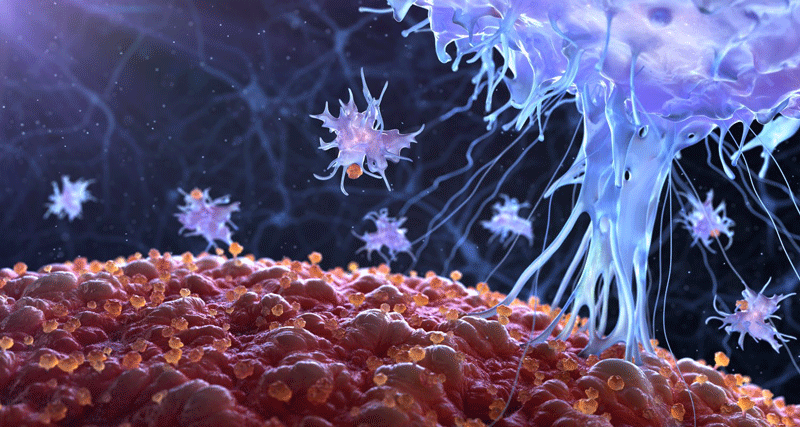Immune System

The immune system protects the body from pathogens, identifies abnormal cells, repairs tissue, and maintains internal surveillance. It includes innate defenses (rapid, non-specific) and adaptive immunity (targeted, memory-based).
Relevant Herbal Actions:
Herbal Allies:
- inflammation
- phagocytosis
- antimicrobial secretions
- fever
- activation of B and T cells
- antibody production
- immune memory
- identifies cancerous or infected cells
- prevents excessive inflammation
- prevents autoimmune overreactions
- skin, gut lining, mucous membranes
- immune cells clear debris and promote tissue healing
Primary immune organs:
- Bone marrow (produces all immune cells)
- Thymus (T-cell maturation)
Secondary immune organs:
- Spleen – filters blood, activates lymphocytes
- Lymph nodes – filter lymph, initiate immune responses
- Tonsils + adenoids – trap airborne pathogens
- GALT/MALT (gut + mucosal immunity) – major site of immune activity
Immune cells:
- Lymphocytes: T cells, B cells, NK cells
- Monocytes/macrophages: phagocytosis + tissue repair
- Dendritic cells: antigen-presenting cells
- Neutrophils, eosinophils, basophils
Barriers + defenses:
- Skin
- Mucous membranes
- Stomach acid
- Microbiome